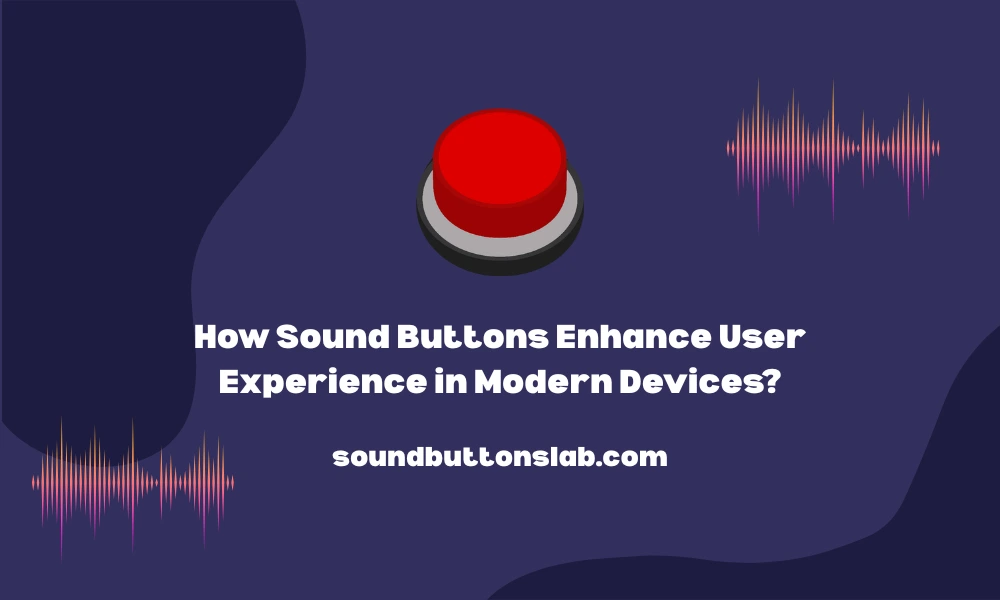In today's digital age, user experience is paramount. One often overlooked yet significant element that contributes to a seamless user experience is the sound button. Sound buttons, though small, play a crucial role in various devices, making interactions more intuitive and enjoyable.
Sound Buttons in Everyday Devices
Sound buttons are ubiquitous in modern devices. They can be found in smartphones, remote controls, gaming consoles, and even home appliances. These buttons provide auditory feedback, which helps users navigate and operate devices more efficiently.
Enhancing Accessibility
One of the key benefits of sound buttons is their ability to enhance accessibility. For individuals with visual impairments, sound buttons offer an alternative way to interact with devices. Audible cues can indicate different functions, ensuring that everyone can use technology with ease.
Improving User Engagement
Sound buttons also play a vital role in improving user engagement. In gaming, for instance, sound effects triggered by buttons can create a more immersive experience. The immediate feedback provided by sound buttons keeps users engaged and enhances their overall experience.
Applications in Smart Homes
The rise of smart home technology has further expanded the applications of sound buttons. Smart home devices, such as voice assistants, security systems, and home automation products, often incorporate sound buttons to provide feedback and alerts. These audible signals help users interact with their smart home environment more effectively.
Customization and Personalization
Modern sound buttons offer customization options, allowing users to personalize their experience. Many devices now enable users to select their preferred sounds or even upload custom audio files. This level of personalization enhances the user experience, making interactions more enjoyable and tailored to individual preferences.
The future of sound buttons looks promising, with several exciting innovations on the horizon. Some of the trends to watch out for include:
Haptic Feedback
Combining sound with tactile feedback to create a more immersive experience.
Voice Recognition
Integrating voice commands with sound buttons for hands-free operation.
Adaptive Sound
Developing buttons that adjust sound based on the environment or user preferences.
Conclusion
Sound buttons are a small but significant component of modern devices. They enhance accessibility, improve user engagement, and offer customization options that enrich the user experience. As technology continues to evolve, sound buttons will likely play an even more integral role, paving the way for more innovative and intuitive interactions.
